H
Heather HowardSep 6, 2025
What happens when AC frequency is too high on Fronius Primo 6.0-1?
- KKrystal HayesSep 6, 2025
If the AC frequency is too high, the Fronius Inverter will resume feeding energy into the grid.






What happens when AC frequency is too high on Fronius Primo 6.0-1?
If the AC frequency is too high, the Fronius Inverter will resume feeding energy into the grid.
What to do if error occurred during update process of Fronius Primo 6.0-1 Inverter?
If an error occurred during the update process of your Fronius Inverter, re-download the update file. If the status code is still displayed, notify a Fronius-trained service engineer.
What happens when AC voltage is too high on Fronius Primo 6.0-1 Inverter?
If the AC voltage is too high, the Fronius Inverter will resume feeding energy into the grid.
What happens when internal temperature is too high on Fronius Primo 6.0-1 Inverter?
When the internal temperature of your Fronius Inverter is too high, the inverter resumes with its start-up routine.
How to resolve functional incompatibility on Fronius Primo 6.0-1?
To resolve functional incompatibility on your Fronius Inverter, update the inverter firmware. If the status code is still displayed, notify a Fronius-trained service engineer.
What to do if Fronius Inverter shows no communication with power stage set?
If your Fronius Inverter displays a status code indicating no communication with the power stage set continuously, notify a Fronius-trained service engineer.
How to fix invalid limit value settings on Fronius Primo 6.0-1 Inverter?
To address invalid limit value settings on your Fronius Inverter, update the inverter firmware. If the status code continues to appear, notify a Fronius-trained service engineer.
What causes LOW PV VOLTAGE on Fronius Inverter?
The 'LOW PV VOLTAGE' status code on your Fronius Inverter may appear due to the low level of insolation. If this status code occurs when there is sufficient insolation, contact your system engineer.
Why is my Fronius Primo 6.0-1 showing LOW PV OUTPUT?
A 'LOW PV OUTPUT' status code on your Fronius Inverter can be due to the low level of insolation. However, if this code appears when there is sufficient insolation, contact your system engineer.
What to do if Fronius Primo 6.0-1 Inverter shows Overcurrent (AC) error?
The fault should rectify automatically. However, if the Fronius Inverter continuously displays this status code, you should notify a Fronius trained service engineer.
| Purpose | - |
|---|---|
| Efficiency | 6 % |
| Output power | 6000 W |
| Input voltage | 80 - 1000 V |
| Output voltage | 180 - 270 V |
| Input frequency | - Hz |
| Output frequency | 50/60 Hz |
| Power supply type | Universal |
| Power current type | DC-to-AC |
| Output power capacity | 0 kVA |
| Quantity per pack | 1 pc(s) |
| Product color | Black, Grey |

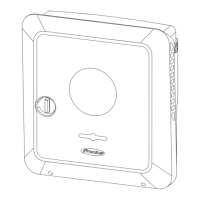
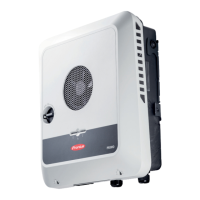



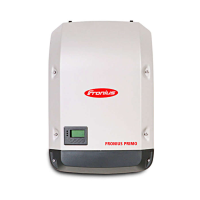
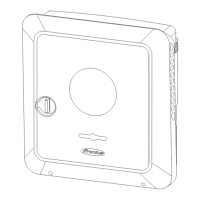

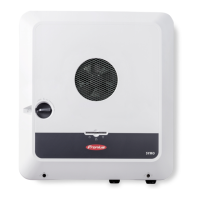
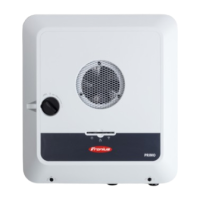

